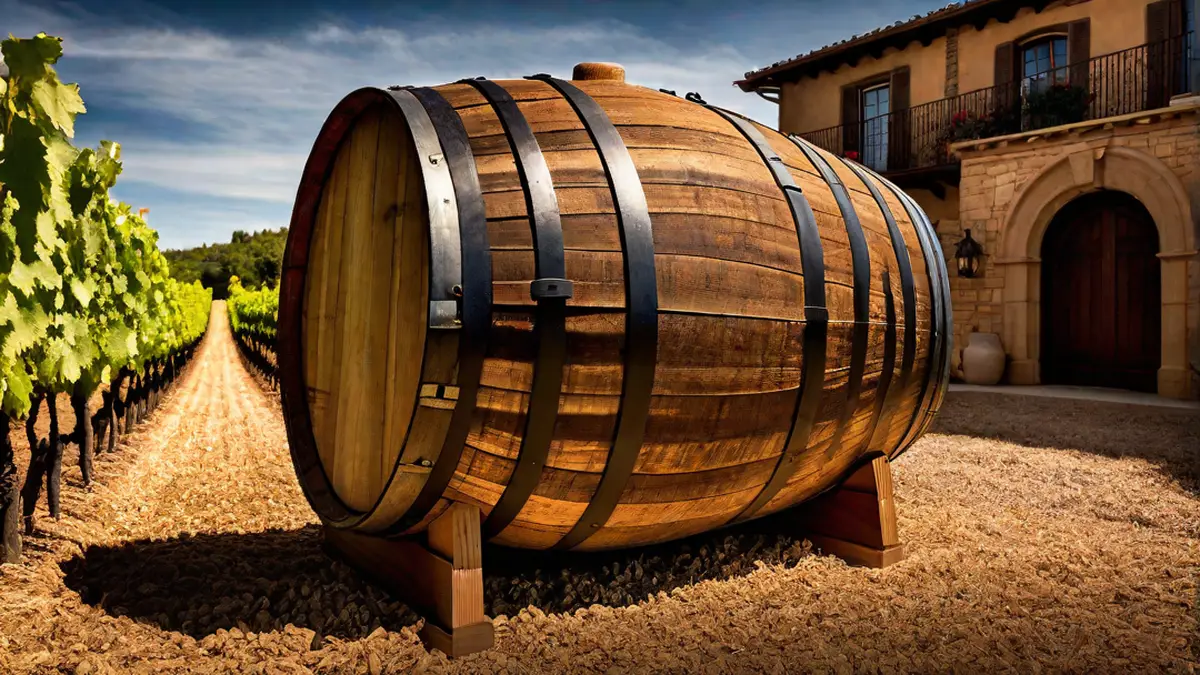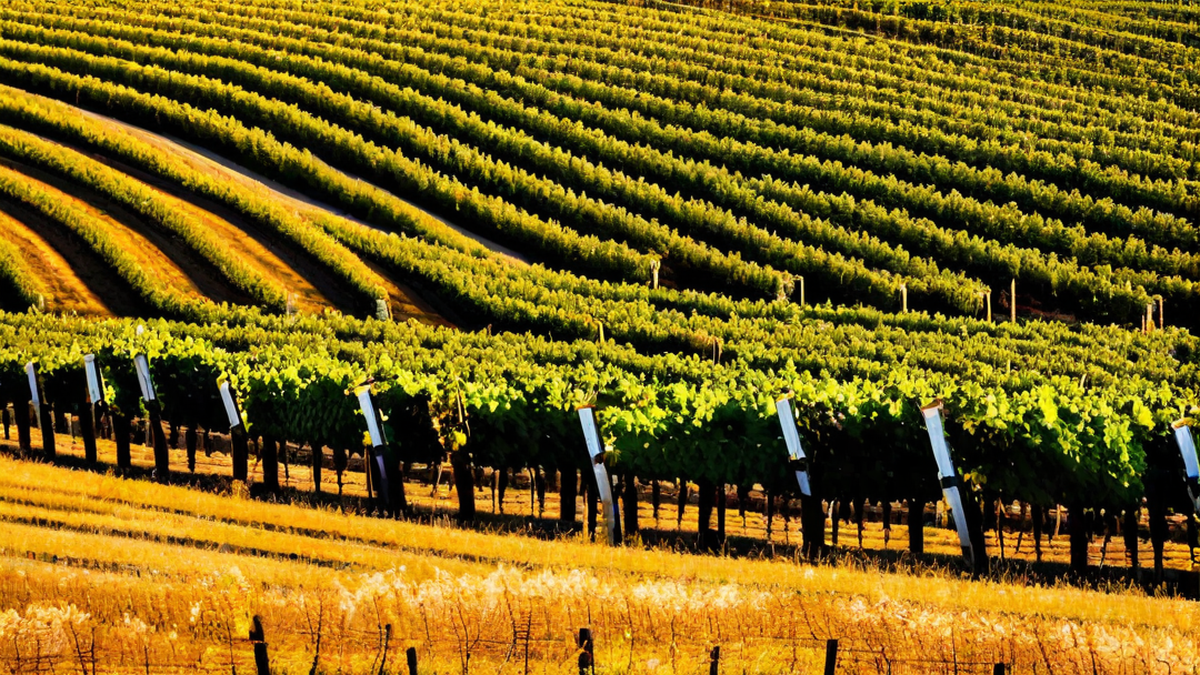When it comes to the world of wine, there is much more than meets the eye. It’s not just about drinking a red or white liquid; there’s an entire process that goes into making that enjoyable beverage. One essential step in this process is fermentation.
As a wine enthusiast, I’ve always been fascinated by the art of winemaking. Fermentation is a magical transformation that occurs when grape juice is converted into wine. It’s like witnessing nature’s alchemy right in front of your eyes.
So, how exactly is wine fermented? Let me break it down for you.
Step 1: Harvesting and Crushing
It all starts with the harvest. Grapes are carefully picked at the optimal time when they have reached the perfect balance of sugar, acid, and flavor. These grapes are then gently crushed to release their juice.
Now, here’s where the magic begins.
Step 2: Yeast Activation
Once the grape juice is extracted, a key player called yeast enters the scene. Yeast is a microorganism that consumes sugar and converts it into alcohol and carbon dioxide through a process called fermentation.
Winemakers carefully choose the type of yeast they want to use, as it greatly influences the final flavor profile of the wine. Some opt for natural or wild yeast present on the grape skins, while others rely on commercially-selected strains.
Step 3: Fermentation
Now, the yeast is added to the grape juice, and the fermentation process kicks into high gear. The yeast starts feasting on the sugar, breaking it down into alcohol and carbon dioxide. This process can take anywhere from a few days to several weeks, depending on various factors like temperature and grape variety.
During fermentation, the carbon dioxide produced by the yeast creates bubbles that rise to the surface. In some styles of wine, like sparkling wine, winemakers capture and retain these bubbles to create that delightful effervescence.
Step 4: Aging and Clarifying
After the initial fermentation, the wine is usually transferred into barrels or tanks for aging. This step allows the flavors to develop and mature over time. It’s during this period that the wine also clarifies, meaning any sediments or solids settle at the bottom.
Winemakers may choose to age their wine in oak barrels, which imparts additional flavors and aromas. This aging process can last anywhere from a few months to several years, depending on the type of wine being produced.
Step 5: Bottling and Further Aging
Once the desired flavors have been achieved, the wine is carefully bottled. Some winemakers may add small amounts of sulfur dioxide to help preserve the wine and prevent oxidation.
But the story doesn’t end here. Many wines continue to age and evolve in the bottle. This aging process can enhance the complexity and character of the wine, allowing it to reach its full potential.
Conclusion
There you have it—the fascinating journey of how wine is fermented. From the moment the grapes are harvested to the final pour into your glass, each step contributes to the creation of a unique and delightful wine.
As a wine lover, understanding the intricacies of the winemaking process adds a whole new level of appreciation to the experience. So, the next time you savor a glass of your favorite wine, take a moment to reflect on the magic of fermentation that went into its creation.




